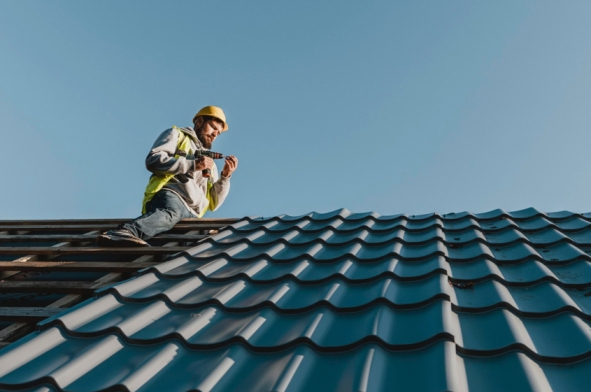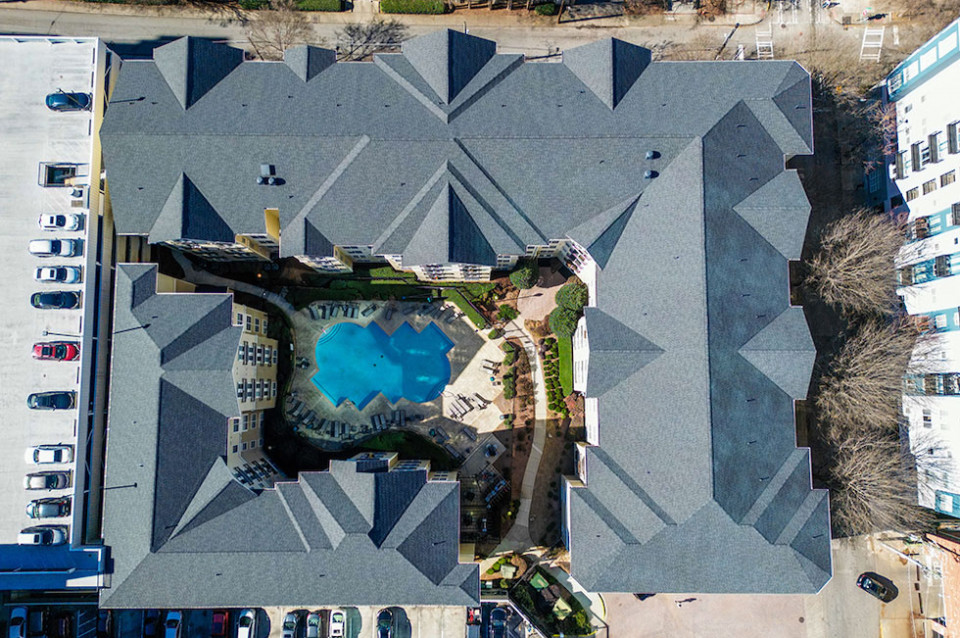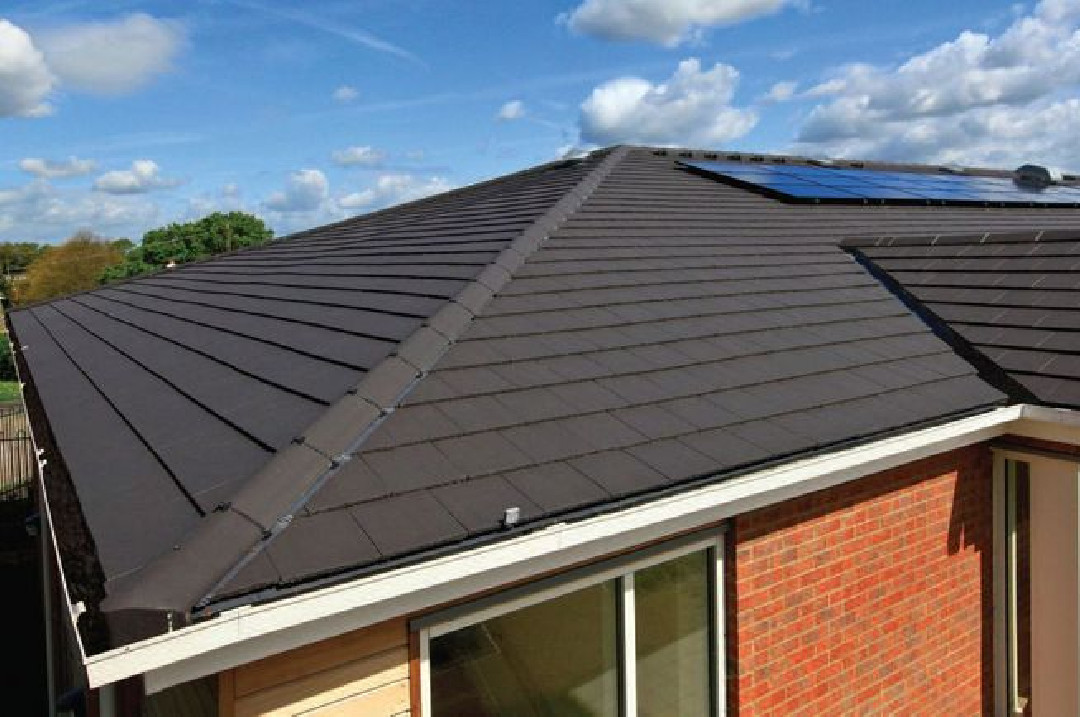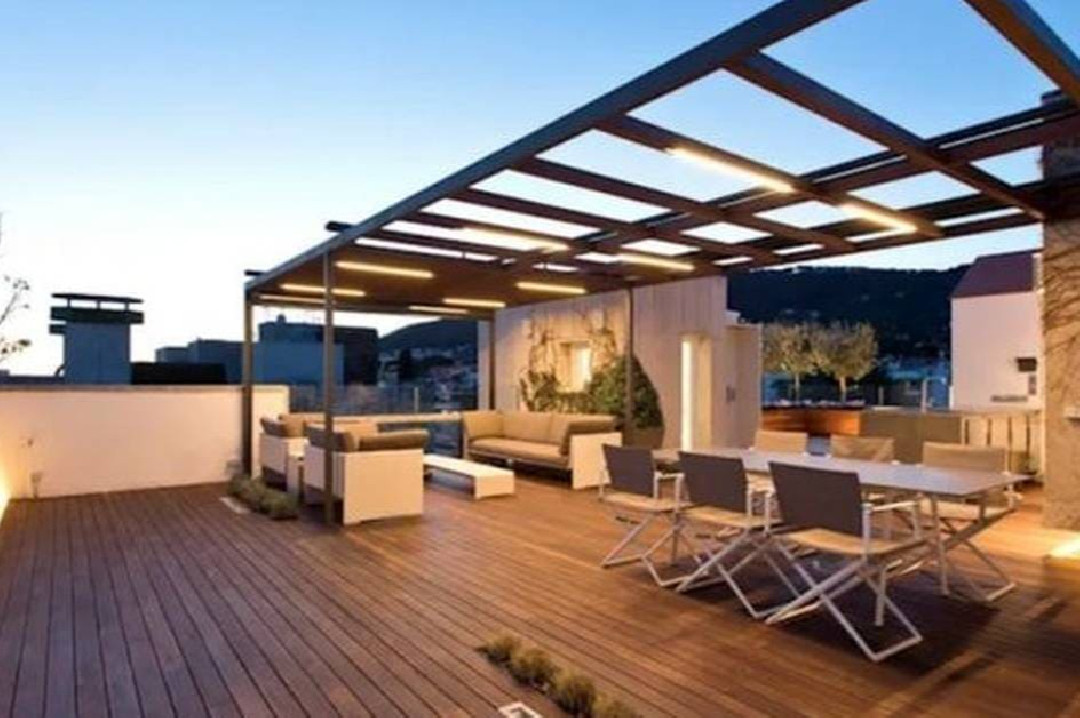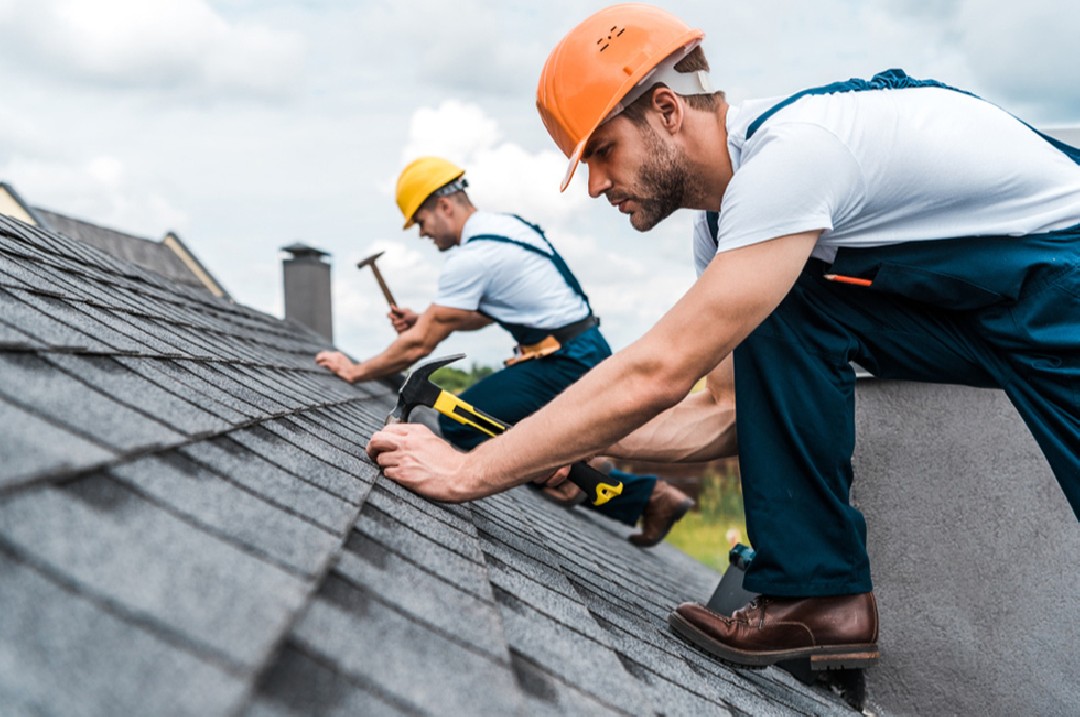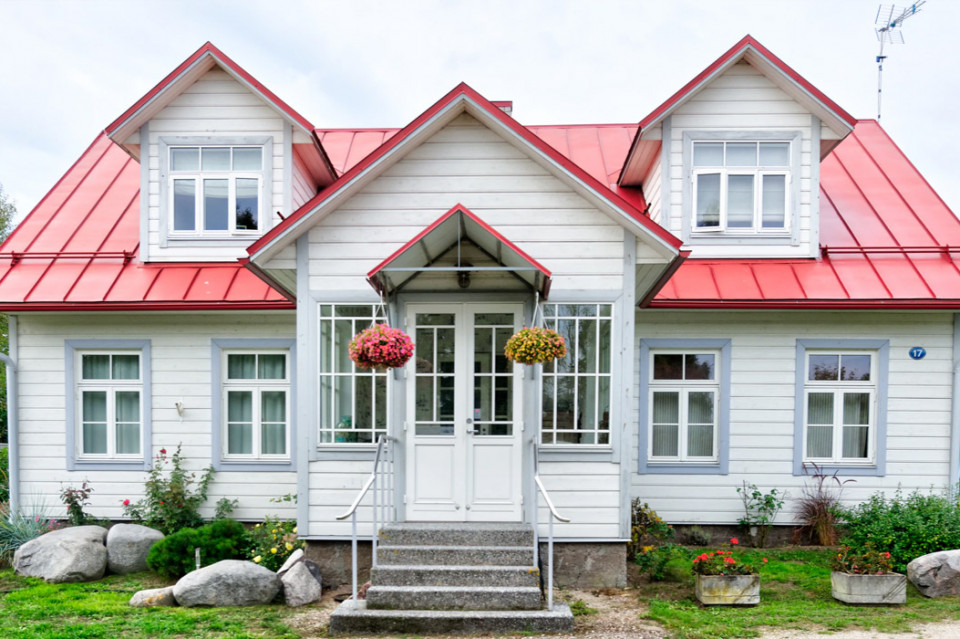Advantages and Considerations for Installing a Sunroof for Your Home
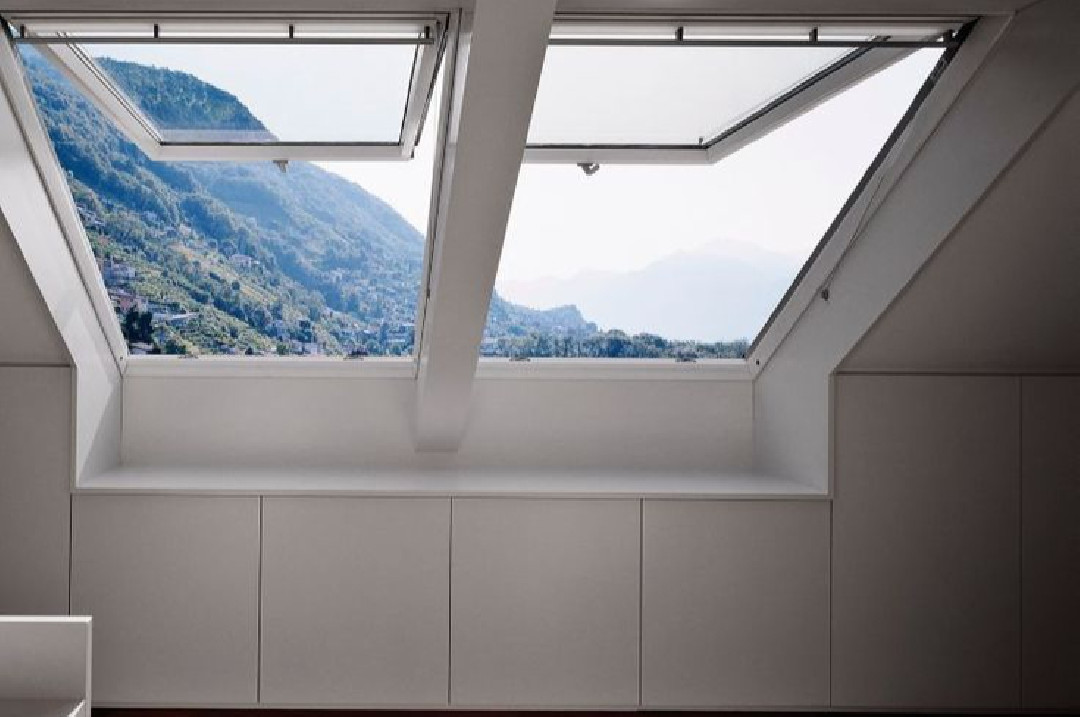
INTRODUCTION
Maybe you have thought about installing a sunroof at home, indeed installing a sunroof at home can be an interesting way to add a modern touch and get natural light. A sunroof also provides many benefits, including better natural lighting and fresh air circulation. However, to ensure the sunroof functions optimally and lasts a long time, there are several important steps that we must pay attention to.
1. Choose the Right Type of Sunroof

You have to decide which sunroof you will use because the sunroofs used in homes usually have various types, such as fixed skylights, ventilated skylights and tubular skylights. You also have to consider the lighting and ventilation needs in your home. If you only want to add light without ventilation, fixed skylights may be sufficient, while ventilated skylights are more suitable for rooms such as kitchens or bathrooms.
2. Check Roof Structure

As a reminder, not all houses can be immediately installed with a sunroof, so before installing it, make sure first whether a sunroof can be installed or not. You can consult a building expert or architect to check whether the roof structure can be installed or not. Roofs that are too sloping or made from certain materials may require special adjustments to install a sunroof.
3. Proper Location Planning

Source
Then you have to determine the location of the sunroof to place it in the most appropriate place. Also determine which rooms need the sunroof the most or the least amount of light. Dark rooms such as bathrooms or living rooms can benefit the most from natural lighting. Also pay attention to the direction of the sun's rays so that it doesn't get too hot during the day.
4. Sunroof Material and Glass

Source
It is recommended that you choose to use quality sunroof material, especially for glass. Glass that has UV protection is highly recommended to reduce heat entering the house. In addition, scratch-resistant and shatter-resistant glass will increase the sunroof's durability or ability to survive.
5. Installation Implementation

Source
After completing all the steps above, we move on to installing the sunroof. Sunroom installation must be carried out by experts to ensure the sunroof is installed safely and can withstand any weather. Improper installation can cause water leaks or cracks in the roof of the house.
From the installation method above, we also have to know what benefits we will get if we install and use a sunroof
1. Natural Lighting
By installing a sunroof, your home will be able to receive more natural light, which serves to help reduce the use of lights during the day. This not only saves energy but also provides a warmer and more open atmosphere.
2. Good Ventilation
If you choose to install a ventilated skylight, you can enjoy fresh air circulation, and this is important for rooms like the kitchen which often become stuffy due to food vapors.
3. Aesthetic Appearance
A sunroof can add a spacious and modern impression to a room. This gives an open and luxurious feel, especially in the living room or bedroom.
However, you also have to think about what challenges we have to think about when installing a sunroof.
-
Installation costs
The cost of installing a sunroof is something we really have to think about, because it can vary depending on the type of sunroof and also the complexity of the installation. Apart from that, there are usually additional costs for long-term maintenance, such as glass cleaning and leak checking. These are the costs that you think you have to incur when you want to build a sunroof. -
Routine Maintenance
Sunroofs also require regular maintenance, especially to ensure the glass remains clean and free from dust or dirt that can block the entry of light. The opening mechanism should also be checked regularly to keep it functioning properly.
Sunroof Care Guide

This is a guide that you might be able to follow when you have completed the installation. Sunroof maintenance is an important aspect that we should not ignore, so we have to take care of the sunroof.
1. Regular Glass Cleaning
You can care for the sunroof by cleaning the sunroof glass regularly, both inside and out, so that it still looks clean and is not blocked by dust, dirt or rainwater residue..
- Steps you can take are to use glass cleaning fluid and a microfiber cloth to gently wipe the glass surface. Avoid using abrasive cleaning agents that can cause scratches on the glass. and do this every 1-2 weeks, or more often if the sunroof is frequently exposed to dust or rain.
2. Check and Clean Rubber Seals
Don't forget to check the rubber seal around the sunroof. This serves to prevent water leaks into the house. This rubber can become dirty or worn, which can affect its function.
- The step you can take is to clean the rubber with soft soapy water and a soft brush to remove dirt. Check for torn or worn parts. And you can do this every 3 months or if you see dirt accumulating.
3. Check for Leaks and Drainage
Sunroofs are usually equipped with a drainage system that drains water out of the roof. If this system is blocked, water can enter the house, so don't forget to check the existing drainage system so that it doesn't cause leaks.
- You can carry out an inspection by checking whether there are any leaks during or after heavy rain. Also make sure the sunroof drainage channel is not blocked. Use tools such as a small hose or wire to clear the drainage channels of dirt or leaves that might obstruct the flow of water. And do it every 6 months or after big rain.
4. Lubrication of Rails and Opening Mechanisms
If you design a sunroof that can be opened, then the rails where the sunroof moves also need to be maintained so that it remains smooth, doesn't jam, and doesn't rust easily.
- Steps you can take are using silicone lubricant to lubricate the rails. Avoid oil-based lubricants which can attract more dust and dirt. Do it every 6 months or when the opening mechanism feels heavy.
5. Check Glass Condition
The sunroof glass can suffer cracks or scratches due to falling hard objects or direct impact with the glass.
- The step you can take is to inspect the glass periodically to see if there are any cracks or scratches. If there are cracks, replace the glass immediately so they don't get worse. And do it every 3-6 months.
Types of Sunroofs for Homes

-
Fixed Skylight
This type cannot be opened and is only used for natural lighting. Fixed skylights are ideal for rooms such as living rooms, hallways, or bathrooms that need additional light but do not require air ventilation. -
Ventilated Skylight
Ventilated skylights can be opened to provide natural ventilation. This type is suitable for kitchens, living rooms, or bedrooms where air circulation is needed for additional comfort. -
Tubular Skylight
This type of skylight is ideal for smaller rooms or rooms where direct sunlight is difficult to reach, such as hallways or bathrooms. Tubular skylights are more space efficient, with tubes that guide light from the roof into the house.
Conclusion
Installing a sunroof in your home provides many benefits, ranging from better natural lighting, improved aesthetics, and many other things. By considering design aspects, the appropriate type of sunroof, and routine maintenance, you can ensure the sunroof functions optimally in the long term. Not only that, with increasingly sophisticated modern technology, sunroofs can now be part of a smart home system that makes it easier to regulate lighting and ventilation automatically. Also make sure to always consider security and privacy, and choose quality materials so that the sunroof is durable and safe to use.


